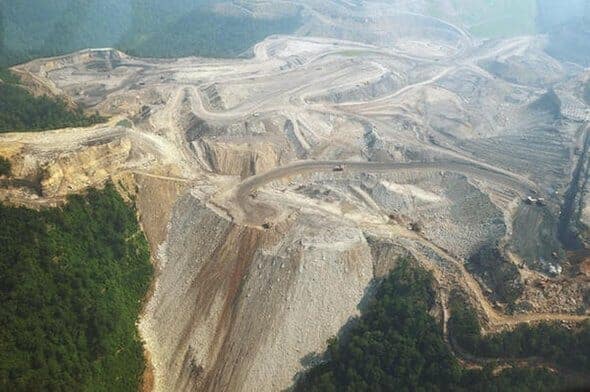Photo credit: Mandel Ngan Getty Images
A scientist documents the poisoning of the state’s waters by the coal industry
I spot a mountain peak covered in dense forest, then another and another. But then, where I expect to see yet another forested mountaintop, I see instead a stunted plateau—a mountain whose once distinct peak has been chopped off, flattened and denuded of vegetation.
My eyes continue to scan the distance as we drive through the coal country of West Virginia. What I first thought was an anomaly now appears to be the dominant pattern: flattened bare peak; flattened bare peak; mountain peak covered in dense forest; flattened bare peak; flattened bare peak; flattened bare peak.
Beheaded mountaintops and towering metal-processing centers dripping hundreds of tons of black dust—these have become the norm in West Virginia, as mining companies blow off the peaks of the Appalachians to get at the underlying coal.
I settle back into the passenger’s seat of the truck we’re driving and ponder my observations. Is it just that the physical geography of the land has been altered or is there a difference in the chemistry and biology of the environment, too? I’ve read numerous reports of fish with curved spines and other deformities caught in this region—symptoms of high selenium […]
Full article: “Wild, Wonderful” West Virginia’s Decapitated Mountains and Deformed Fish
More about mining, and public waterways:
The EPA can’t wait to reopen the mine that poisoned North Idaho
Idaho on pace to set aquifer recharge record during 2017-18 season
Farmers drawing groundwater from Ogallala Aquifer faster than nature replaces it
EPA drops rule requiring mining companies’ funding to clean their pollution
Choosing water over gold: El Salvador bans metallic mining


